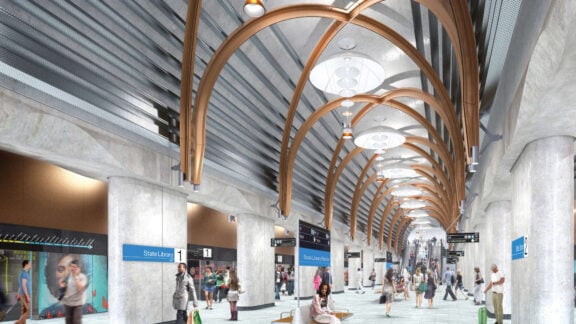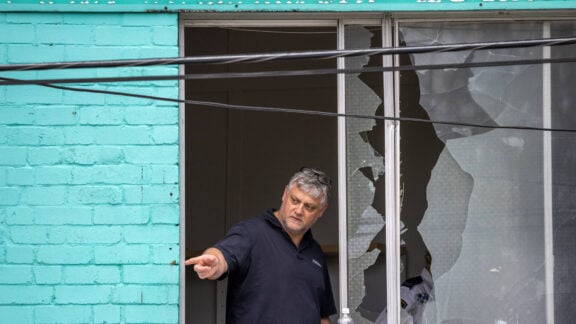Being listed “Top 10 danger zone suburbs in Australian property” by a national property buying service is not a sign of imminent danger said estate agents working in two of the areas on the list, Box Hill and Footscray.
In a press release that explained the list released earlier this week, Buyers Buyers co-founder Peter Wargent said there had been “a ‘race for space’ over the past 18 months, sending house prices higher, but unit prices in some high supply areas look riskier.”
“Although demand has dropped sharply given the absence of international students and other visitors, there are still some areas with a high volume of potential new units in the pipeline over the next couple of years,” Mr Wargent said. “The danger areas aren’t limited to one state or city but are rather found where there are clusters of new developments.”
Three Melbourne suburbs on the list compiled by RiskWise Property Research, were Box Hill (second on the list) with 1833 new units in the pipeline over the next 24 months, Footscray with 1,531 units (fifth) and South Melbourne with 1,056 units ninth. Heading the list was Schofields in New South Wales with 3,397 new units in the pipeline.
READ MORE: Australian house property market surprisingly immune to COVID-19

Chris Gotzilianis who is sales manager and auctioneer for McGrath Real Estate Agents in Yarraville told Neos Kosmos that the sale of units in Footscray was not dependent only on overseas buyers.
“Footscray is close to the city and is ideal for young people who can afford to buy. Developers are conservative and there has to be something there or the building would not be going on.
“Development (of units) has to happen because free-standing homes are expensive here (in Footscray) and sell for over $1million. So you look for apartments and town houses which are more affordable.
“You can buy an apartment for $400,000 and it is cheaper to pay a mortgage than it is to rent,” Mr Gotzilianis said.
He added that Footscray was a “steady” suburb that delivered good returns.
“Footscray is always good at bringing in people. It had the Greeks, Italians and Vietnamese and now new communities are coming in. It is always changing and there are opportunities for businesses.”
He said, however, that the one constraint was the increasing difficulty in obtaining bank home loans now than when the pandemic first took hold early last year.
In 2020, the government responded with a range of measures that allowed buyers savings on stamp duty and provided incentives for first time buyers. There are fewer incentives available to them now.
“Banks will not approve loans if people are receiving COVID payments alone. If you are receiving government payments, it means you are pretty much unemployed and are not working 30 to 40 hours a week.”
Mr Gotzilianis added that inflation was bound to rise over the coming years and there was need to protect those who would be most vulnerable when the size of monthly repayments went up as a result.

Speaking for the property market in Box Hill, Chris Manolopoulos an auctioneer and sales agent for McGrath Estate Agents in Whitehorse and Manningham told Neos Kosmos: “I understand that a number of units and developments are within the pipeline for Box Hill but a vacancy rate shouldn’t be of concern – sellers within Box Hill have previously and even post lockdowns, still benefited from other target buyers (investors and location buyers) greatly. It also doesn’t look like it’s slowing down anytime soon”
“An oversupply of units within Box Hill has always been the case – but owning a property is still an Australian and all migrants’ agenda”
“Owners of units shouldn’t need to panic especially within the Box Hill area – yes, the absence of international students may affect prices and vacancies but a location with reputable schools, public transport and amenities will always counteract this. And when the average selling price for a house is almost $1.6m within Box Hill – naturally buyers will make a compromise and buy something smaller, being the reason for a 6.6% growth in units for the for the first eight months of this year”
“With auction clearance rates also being at a historic high (with no signs of slowing down), a great location or new product will always prevail.”
READ MORE: COVID-19 throws up new challenges in rental property market








